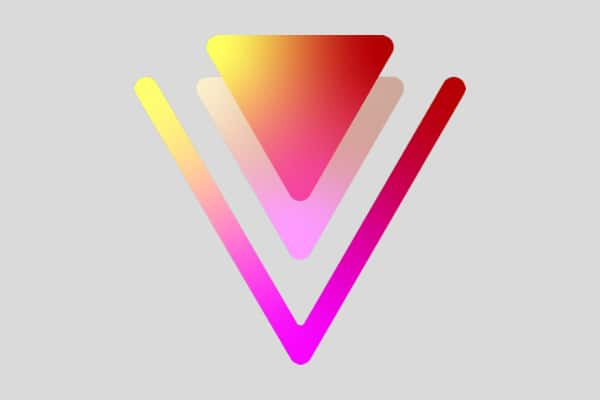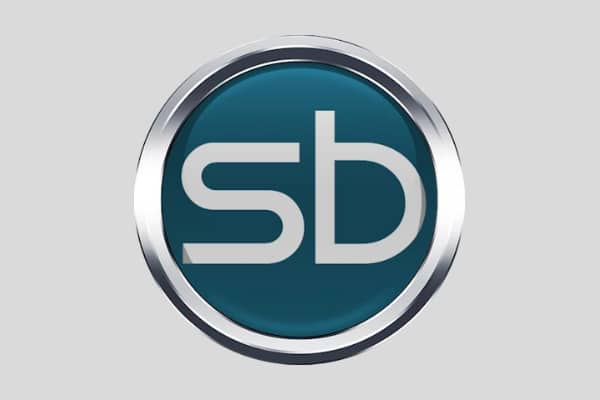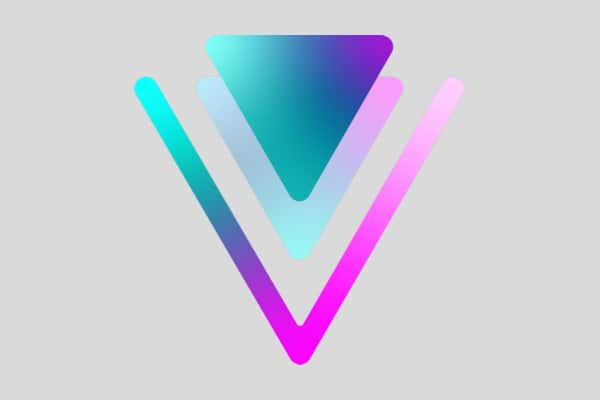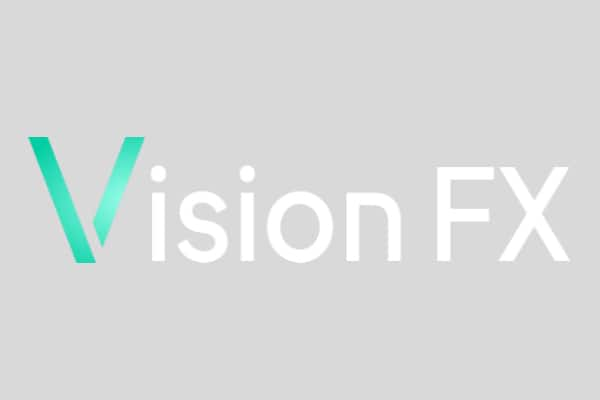Create unique custom animated overlays with a wide selection of brushes from Corel Painter® and PaintShop® Pro and empower your inner artist with the enhanced Painting Creator. This tool records your brush strokes as you work, enabling you to add your completed piece to your video as a static graphic, or as a live painting!
Animate a travel path, add particle effects to a background, or add unique creative effects to your next video project with Painting Creator!
Download a FREE 30-day trial and turn your best moments and life experiences into unique movies with this easy and fun video editor packed with intuitive tools and creative effects.
What’s new in VideoStudio
Adding video effects
Featured products
 VideoStudio Pro 2023
VideoStudio Pro 2023
 Studio Backlot Membership
Studio Backlot Membership
 VideoStudio Ultimate 2023
VideoStudio Ultimate 2023
 Vision FX
Vision FX
How to use Painting Creator
Let you inner artist run wild with Painting Creator, and make your own brushstroke animations to drop into your projects – great for creating bespoke animated text, custom wipes and reveals, quickly and easily call out elements in your footage that you want the viewer to pay attention to.
Let’s dive in to how it works.
Painting Creator is accessible from the main toolbar – and whatever is displayed on the timeline when you click the icon will be loaded into the Painting Creator interface, for you to use as a reference or tracing background for your creation.
There’s two modes for painting creator – animation and still. Animation will record your brushstrokes once you hit record – and once you hit stop, your finished animation will be here on the right. Or select Still mode here, and take a snapshot at any moment.
Let’s go through how to use Painting Creator in different scenarios.
Painted text
The neatest way to create painted text is to trace over typed text on your timeline. Place your cursor over your text clip or graphic and load painting creator. Or, because your reference image can be anything you want – if you want it to be something other than your current preview pane, just go to this icon and import a graphic. Find a brush you like, pick a color, add a texture if you like, then choose freehand or straight line, the size of the brush, and how transparent it is. Background opacity is the transparency of your reference image – if you want to sample brush colors from this image, set this to 100% and then use the eyedropper. If you want to see your creation more clearly just drop this opacity down – the background image will NOT appear on your finished animation – unless you check “set reference image as background image” in preferences. Once you’re done practicing your text animation, clear the canvas and press record.
Don’t worry about the duration or interruptions as you change settings or tools—only onscreen brushstrokes are recorded. If you make a mistake just click Undo or press CTRL-Z, this won’t be recorded.
Once you’re done, click Stop Recording and the animation will be loaded on the gallery panel – you can watch it back, and you can manually set the duration you want by right-clicking and selecting Change Duration.
If you want the animation to be transparent when you return to the timeline, so video shows underneath it, make sure layer mode is enabled in preference – if its disabled your animation will have your default background color as the background.
When you’re happy just press OK to return to the timeline and your painting creation will be added to your media library – just drag it to the overlay track and remove the original text box. For text, you might want to repeat the last frame so the viewer has time to read the text once it has finished animating – just go back into painting creator, right-click the animation you just created and select transfer animation item to still. Back on your timeline just drag this still after the animation.
Custom reveals
To make a reveal, you’re going to be creating an animation that you’re going to reverse once you’re done. For example, I can slowly cover a background image with hearts…then when I’m back on the timeline, drag it to the timeline, double-click to open the clip options and select reverse video.
Or pair a forwards reveal animation with a reversed version of the same animation over the boundary between two clips – and you’ve got a custom wipe.
Callout graphics
Or if we wanted to highlight something to the viewer, we can draw on some graphics to show this. We could do this as a still if we want – just switch to still mode, and in this case I want to use straight lines rather than freehand drawing – draw the items on, and once you’re done click Snapshot. If you find your subject moves too much, you could always use customize motion to move your creation as it progresses so it keeps in line with what you’re calling out in your clip.
Brushes
There’s so many brushes to choose from, and some of them have extra properties.
For example, some have steps – how often the brush repeats during each mouse movement. And some have head loading – to simulate different amounts of paint on the brush, for longer or shorter strokes.
You can also import brushes from other VideoStudio users, brushes from Corel PaintShop Pro, or even create your own brushes. To do this, paint one stroke of each brush you want to combine somewhere on the canvas, then go to Create Brush Tip – give it a name, and now its selectable and ready to use in Custom Brushes.
Download a FREE 30-day trial and turn your best moments and life experiences into unique movies with this easy and fun video editor packed with intuitive tools and creative effects.


Reader Interactions